From Anthony Geisler’s White House ambitions to cutting-edge insights on GLP-1s and sleep, day two of the ATN Summit revealed a bold, multi-front strategy for the future of movement and human performance
Anthony Geisler, founder of Sequel Brands, opened day two of the ATN Innovation Summit 2025 by introducing his newly launched fitness franchisor, Sequel.
“We started building this company, Sequel, about a year ago to culminate everything (we’ve) done in fitness,” Geisler said. “But this time, we want to do something bigger. We want to do something more innovative, and we want to actually go lead the industry.”
Sequel currently houses four boutique fitness brands and is preparing to announce a fifth.
“We said, ‘We’re stopping at five.’ I don’t know if we’ll stop at five,” he added.
Geisler also described Sequel’s alignment with national health efforts and his collaboration with the Trump Administration to launch a “fitness commission” as part of the “Make America Healthy Again Movement,” which he referred to as the “Make America Move Again” initiative.
“Five years ago, literally, our entire industry was illegal,” he said, referencing pandemic-era gym closures.
“This isn’t a one-year plan or a two-year plan,” Geisler said. “This is a (long-term) plan to continue to push fitness into the White House, into the mainstream.”
Fitness Consumers, AI & Human Connection
Liz Plosser led a discussion with executives from Echelon, Les Mills and Fitness on Demand about evolving consumer expectations and technology’s role in fitness delivery.
Andy Peat, CEO, Fitness on Demand, noted increased interest in mobility, stretching, strength training and live Pilates reformer classes.
Lou Lentine, CEO and founder, Echelon, said, “The same thing that’s working at the gym is working online.”
“Strength increases mind/body connection,” added Sean Turner, CEO, Les Mills U.S., highlighting the growing popularity of pre- and post-workout recovery.
On brick-and-mortar operations, Turner said: “Most people in the room need both,” citing digital’s role in enhancing flexibility and convenience.
In a discussion about content value in a saturated market, Peat noted the evolution of digital from a convenience screen to a personalized tool for form-checking and comprehensive training.
Lentine emphasized the importance of instructor connection: “We want our users to feel a connection to their instructors. They can see who is in the class, how many classes they’ve done this week. We know all that information from our studio. But it’s really about the connection that they have with the instructor.”
Echelon avoids celebrity instructors for this reason, favoring a more relatable presence.
On AI, Peat stated, “It won’t replace an instructor.” Lentine agreed: “I won’t think AI will replace an instructor or coach.” He shared that Echelon worked with Amazon to build an AI platform embedded in gym apps for better efficiency and cost savings.
Turner added that AI supports performance improvement through coaching analysis and customer insights.
“Ultimately, the biggest opportunity is how do we deepen the human experience, both physical and mental?” said Turner.
Dr. Frank Lipman on Responsible Longevity
Dr. Frank Lipman, founder of Eleven Elven Wellness Center, discussed the advancing yet incomplete science of healthy aging.
“Microbiome science is not particularly accurate,” he said. “These microbiome tests, they’re all bulls*** … But the microbiome is probably really, really important for most of us to stay healthy.”
He addressed gender biases in medicine: “As physicians, we don’t take women as seriously as men. If men can’t get erections, there’s a drug, but if women have pain during sex, they’re just getting older.”
He cautioned against the use of testosterone replacement therapy (TRT) in young men who want children:
“If you’re giving hormones to young men … very common side effects are (shrinking) testicles, and that can cause infertility. So I think it’s irresponsible to give testosterone to young guys who still want to have kids.”
Additional perspectives from Dr. Lipman included:
- “I’m obsessed with ketones. … I think ketones are one of the next big things.”
- “I love peptides… I think anyone over 50 should probably be on hormones.”
- “The next 10–20 years of my life are going to be about how do we get this message (longevity medicine) out in a responsible way.”
The Evolution of ClassPass & An AI Call To Action
Fritz Lanman, CEO of Playlist (parent of Mindbody, ClassPass and Booker), urged the industry to embrace artificial intelligence.
“I think it’s important for this industry to hear … that we’re not going to be replaced by AI,” Lanman said.
“It’s really amazing, but it’s not going to fully replace humans,” he added. “What it is going to do is empower and democratize the ability to do really deep and incredible analytics, really great personalized marketing and things like that to help businesses … grow and be more effective. So I see us heading toward an age of human augmentation, not substitution.”
“It’s incumbent on operators to use these tools,” he said. “If you’re not using ChatGPT already, you’re behind the game.”

Addressing ClassPass concerns, Lanman clarified its intended purpose:
“I think the two biggest misconceptions would be, one: (ClassPass) can’t save a business that’s not going to work on its own, and two: you shouldn’t use it primarily for lead generation, you should use it for excess capacity and innovation.”
Peloton’s Focus on Community & Software
Nick Caldwell, chief product officer at Peloton, spoke about product innovation and AI.
“I think there’s never been a better time to apply technology to meet our customer needs.”
Caldwell highlighted a shift from hardware to software innovation and reinforced the importance of human touch:
“Peloton Instructors are a ‘superpower’ to the brand. They will not be replaced by AI.”
“We have to go beyond offering just what we see on the leaderboard, high fives and hashtags — that’s a great starting point,” Caldwell said. “But our members crave more and we see that through communities being created on external platforms, like Facebook, Twitter, where hundreds of thousands of our members are trying to find ways to come together, share fitness tips and support each other.”
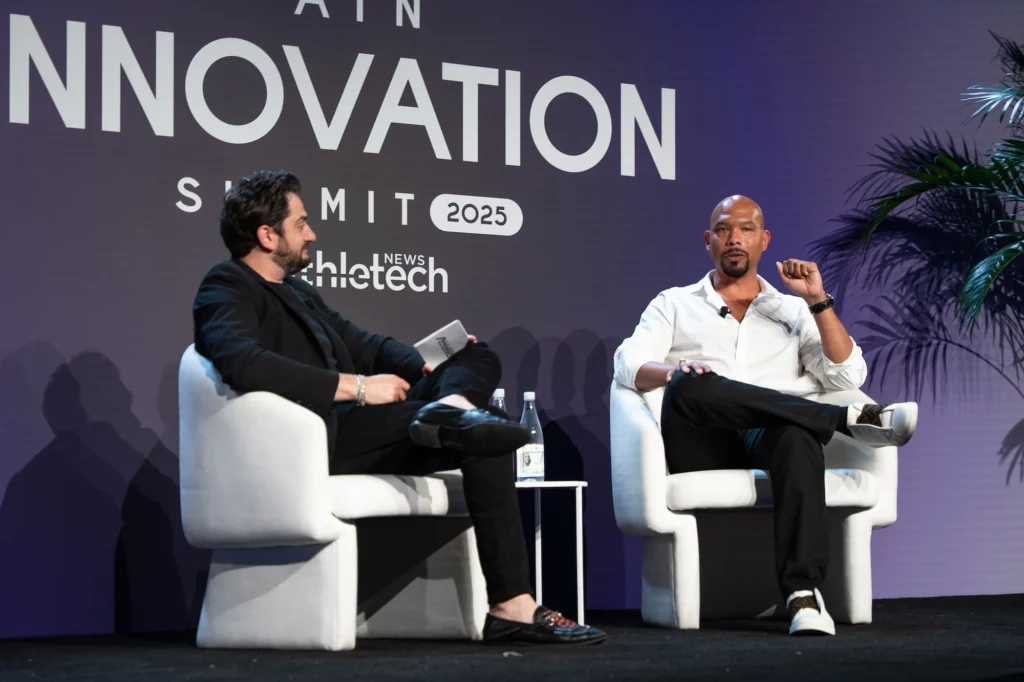
He noted success with Peloton’s smaller-format micro stores and plans to expand.
“We’re seeing a very significant amount of home use,” he said, particularly in strength training.
“Peloton is here to stay,” he concluded, praising CEO Peter Stern: “Peter Stern has done a phenomenal job.”
Fitness Leaders on GLP-1s & Monetization
Panelists from “Fit Tech Playbook” agreed on the growing importance of centralized data and AI in fitness.
Jeff Zwiefel, former Life Time executive and now head of Miora, said:“35% of Americans say they want to be on it [GLP-1s]… members are three times more likely to exercise once on the medications.”
Cyrus Massoumi, CEO and founder of Dr. B, cautioned: “Consumers should change their diet and undergo a fitness regimen for at least six months before they even begin taking GLP-1s.”
“We only actually prescribe (GLP-1s) to people who commit to working out,” he added.
“You can’t change what you don’t measure,” said Mitchell Keyes, vice president of global operations for Anytime Fitness. Edward Zouroudis, co-founder and CEO of Evolt, noted: “There are many opportunities,” including supplements, nutrition products and meal planning.
“As you educate the consumer, you empower the consumer — and as they become more empowered, they just care a little bit more. And that’s where you really transpire from being a trainer to a coach,” said Keyes.
Zwiefel summarized: “It’s a megatrend — it’s here to stay.”
The Business of Sleep
Executives from Sleep.ai, Mattress Firm and Therabody emphasized the expanding role of sleep in health and business.
“Sleep is the great connector,” said Tim Roberts, vice president of science and education at Therabody.
Chief digital officer George Hanson of Mattress Firm added, “As soon as you start to recognize the opportunity that sleep has in your unique business or service, it’s the first step to doing more, seeking the right partners and finding the right opportunities.”
“Sleep sits adjacent to every product and every experience, because we are humans,” Hanson said.
“We’re at this incredible opportunity where we have more data than ever, more personalized insights and then AI on top of this… It’s really the perfect storm,” Roberts said.
Colin Lawlor, founder and CEO of Sleep.ai, concluded, “The reality is, how they sleep is how they engage with you and your service.”
M&A Lessons From the Field
Pete Moore, managing partner, Integrity Square, moderated a discussion on M&A strategy, featuring leaders from Crunch.
“Our goal is to grow from 50 locations to 100/150,” shared Mark Federico, CEO of Fitness Holdings.
He emphasized real conversations and market readiness: “The ability to take a competitor out goes into the equation, but also we say there are certain things we need to rebrand… If rebranding costs more, we weigh the costs and downsides versus the benefits.”
Terry Blachek, CEO of Austin Fitness Group, described early expansion via joint ventures: “Until we got a private equity deal, I was on the line for $20 million of new locations.”
“Nail it before you scale it,” he advised.
Federico warned against premature expansion: “Take on what you can handle.”
“Don’t be so committed to what you want that you are not willing to take something better… You have walk-away power,” said Blachek. “The person who controls the relationship is the one who has less interest in it.”
Look for more in-depth coverage of the sessions in the upcoming days and weeks.

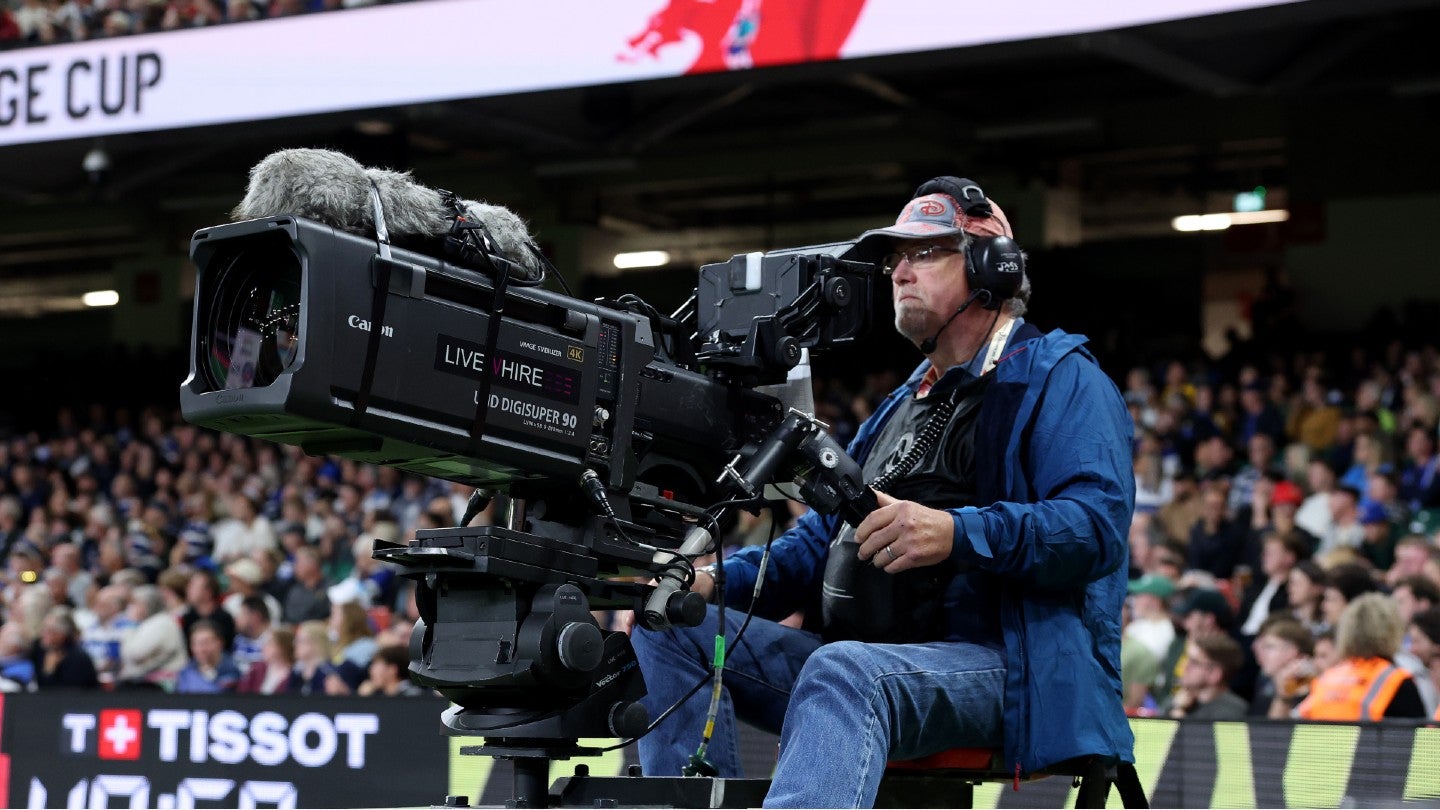





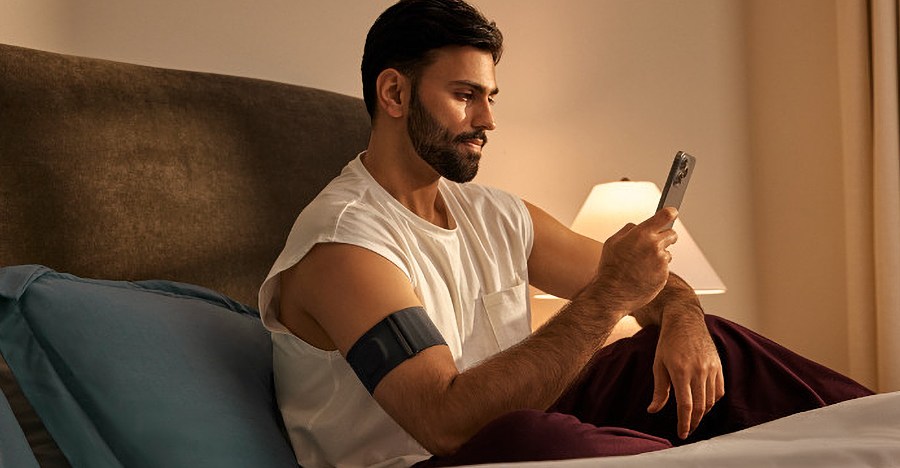
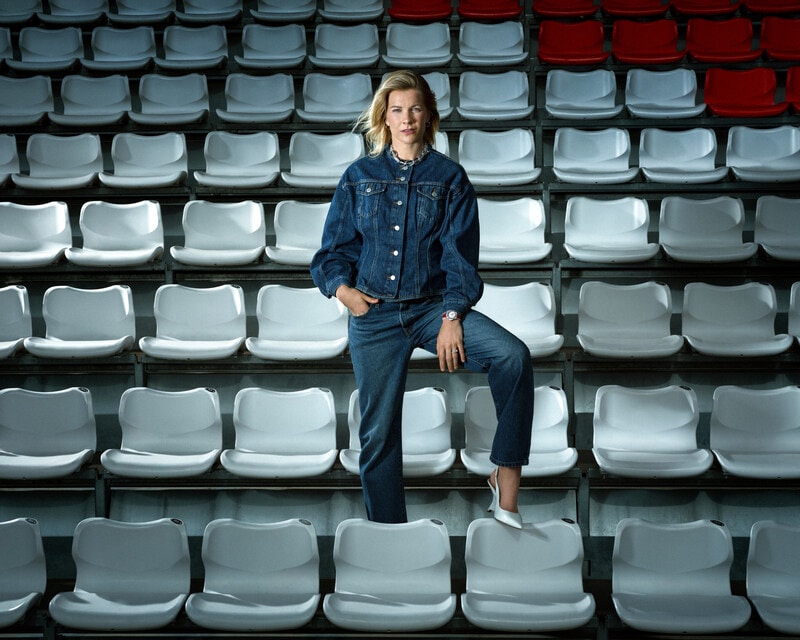
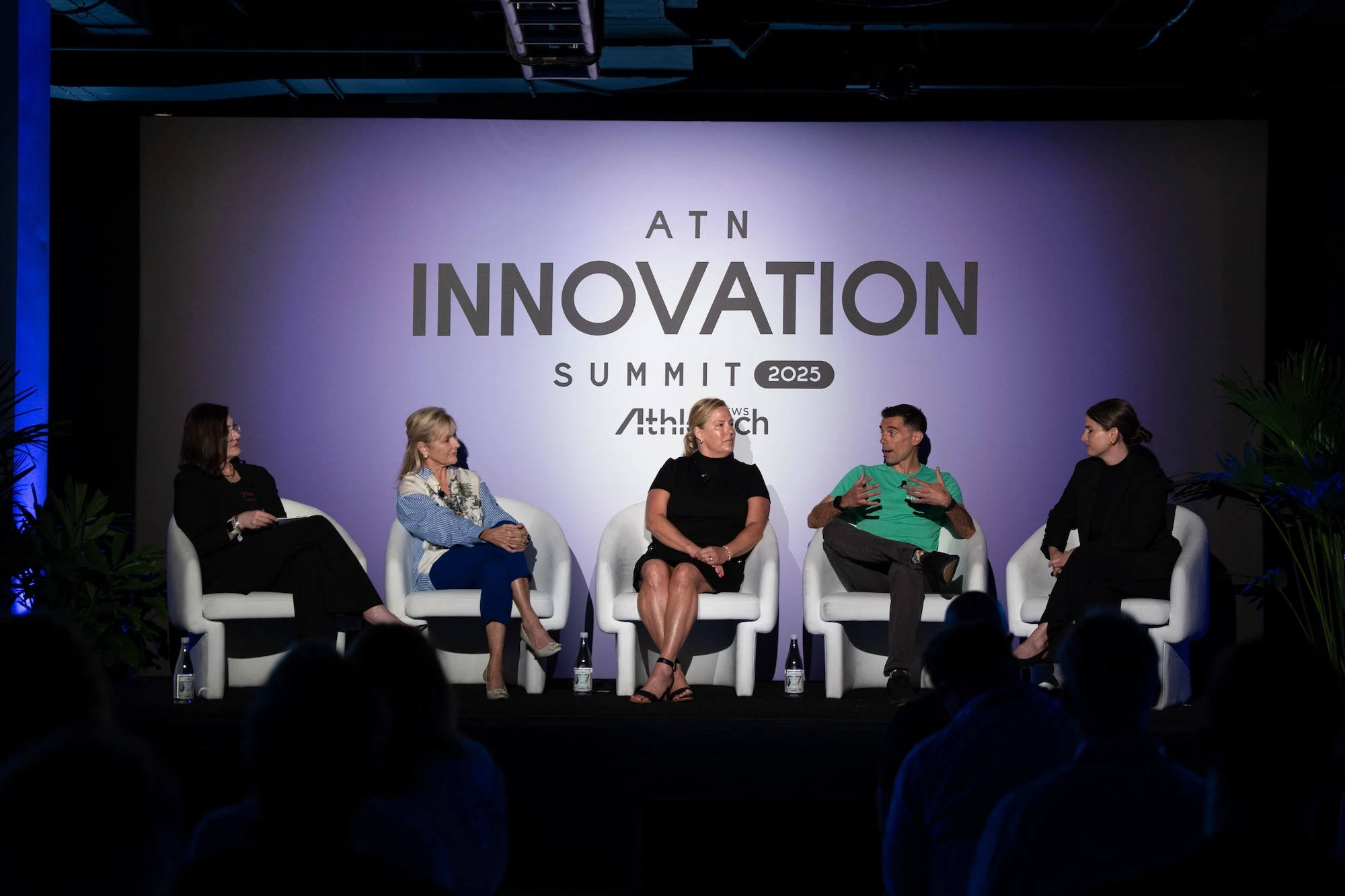








 ‘WE’RE HUNGRY FOR MORE’ – Breanna Stewart | SC with SVP
‘WE’RE HUNGRY FOR MORE’ – Breanna Stewart | SC with SVP

 #NBAFinals
#NBAFinals













































